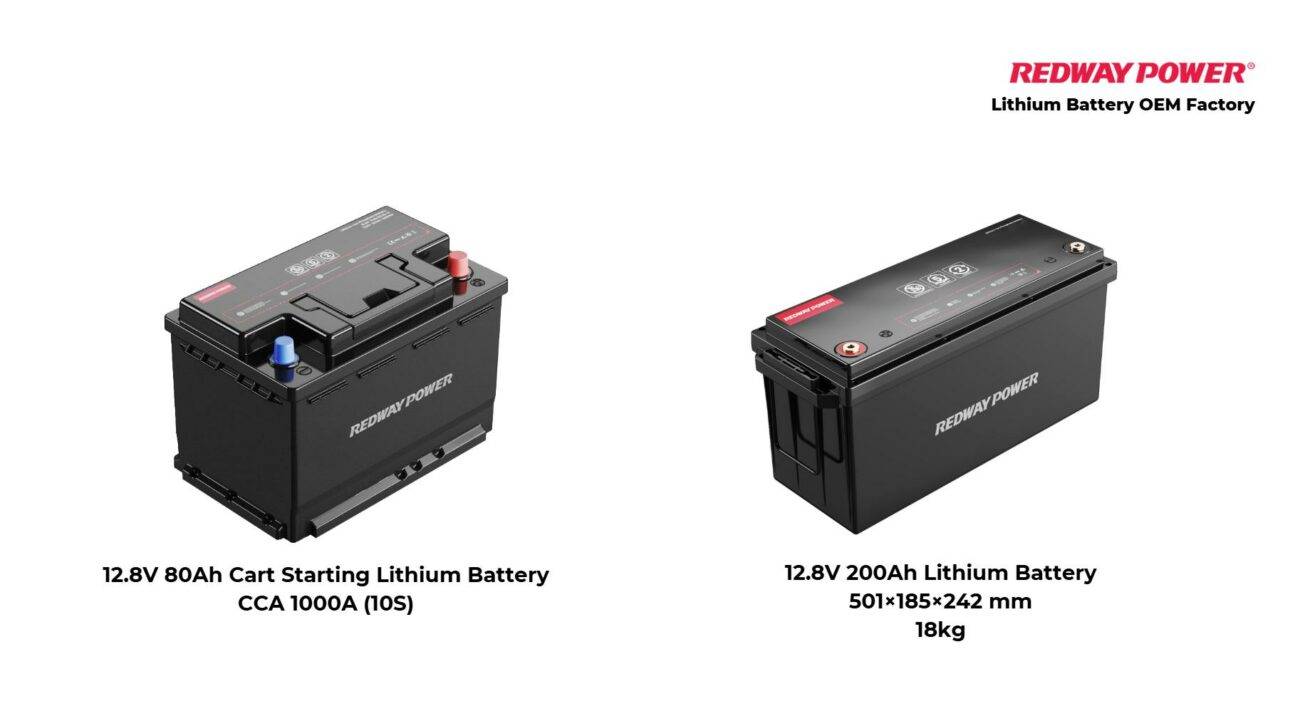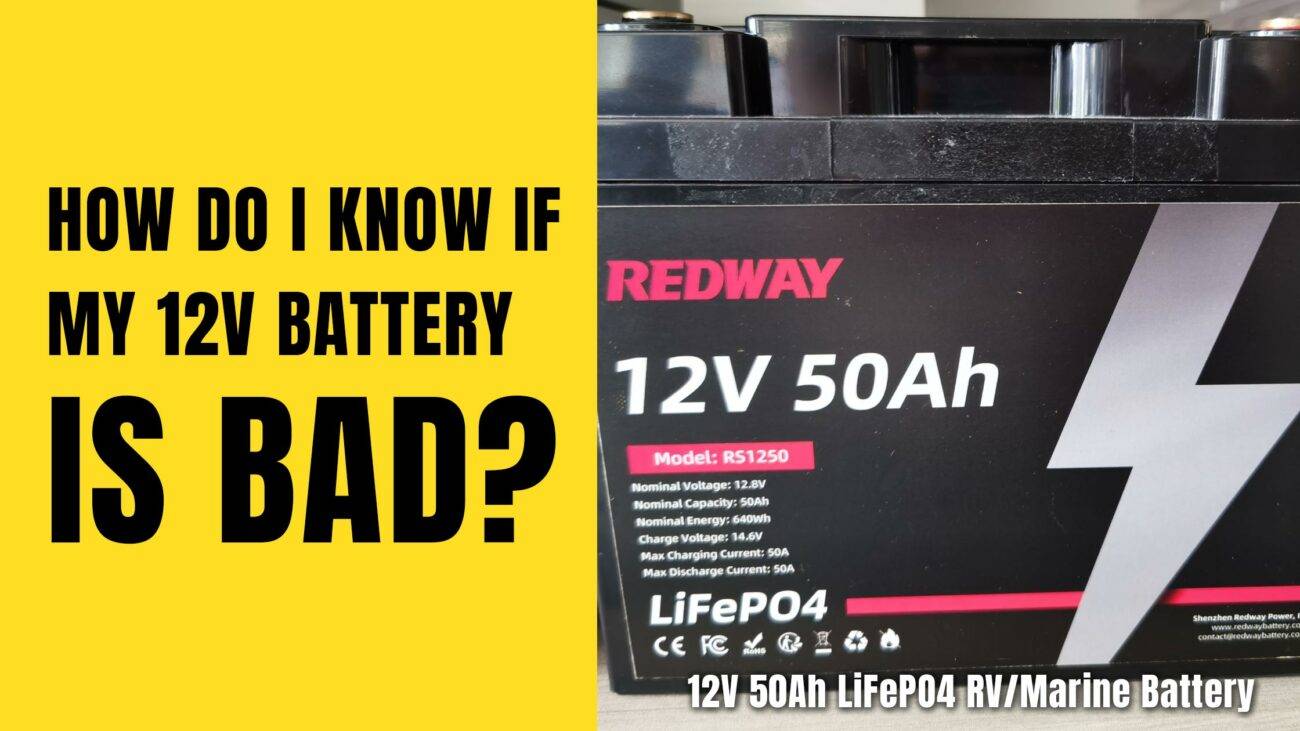
Blog
What Is the Cost Difference Between Lead-Acid and 12V Lithium Batteries?

When selecting a battery for your needs, understanding the cost differences between lead-acid and 12V lithium batteries is crucial. This comparison will help you make an informed decision based on your budget and long-term requirements. Here, we will explore various aspects of battery costs, including initial purchase prices, lifespan, and overall value over time.
Initial Purchase Price
The initial purchase price is often the most significant factor in battery selection:
- Lead-Acid Batteries: Typically, lead-acid batteries have a lower upfront cost. The price range for a standard lead-acid battery varies from £100 to £300, depending on factors such as capacity and brand. For example, a common 12V lead-acid battery used in automotive applications may cost around £150.
- Lithium Batteries: In contrast, the initial cost of lithium batteries is considerably higher. Prices can range from £275 to £1,600 based on the capacity. For instance, a 12V 100Ah lithium battery may be priced at approximately £499, while larger capacities can exceed £1,200. This higher upfront investment is often a deterrent for many consumers.
Lifespan and Cycle Life
Another critical aspect to consider is the lifespan of the batteries:
- Lead-Acid Batteries: Generally, lead-acid batteries have a lifespan of about 500 to 1,000 cycles. This shorter lifespan results in a need for more frequent replacements, adding to long-term costs.
- Lithium Batteries: Conversely, lithium batteries can last between 3,000 to 6,000 cycles. This extended lifespan means fewer replacements, which translates into lower costs over time. For instance, if you purchase a lithium battery, you might only need to replace it once or twice over the same period during which you would replace several lead-acid batteries.
Cost per Cycle
To evaluate the true economic value of each battery type, examining the cost per cycle is essential:
- Lead-Acid Battery Example: If a lead-acid battery costs £200 and has a lifespan of 800 cycles, the cost per cycle would be approximately £0.25.
- Lithium Battery Example: In comparison, if a lithium battery costs £500 and lasts for 5,000 cycles, the cost per cycle drops to £0.10. This stark contrast highlights that while lithium batteries may have a higher initial cost, they provide greater value due to their longevity.
Total Cost of Ownership
The total cost of ownership encompasses more than just the initial purchase price. It includes factors such as maintenance and energy efficiency:
- Lead-Acid Batteries: These batteries often require regular maintenance, including water refilling and monitoring. Additionally, their energy efficiency ranges from 80% to 85%, meaning a significant portion of the energy is lost during charging and discharging processes.
- Lithium Batteries: Lithium batteries are maintenance-free, eliminating the need for routine upkeep. They also boast a higher energy efficiency of up to 95%, ensuring more usable power is derived from each charge. This efficiency can lead to lower operational costs, especially in applications where the batteries are charged frequently.
Conclusion
In summary, while lead-acid batteries are more affordable upfront, the total cost of ownership indicates that investing in 12V lithium batteries offers better long-term savings. Their longer lifespan, lower cost per cycle, and minimal maintenance requirements contribute to a more economical choice over time. By choosing lithium technology, consumers can enjoy significant financial benefits despite the higher initial costs.
When evaluating your options, consider both the immediate and long-term costs associated with each battery type. Ultimately, understanding these differences will guide you toward making a choice that aligns with your financial and operational goals.





